While the academic realm can provide vast knowledge about many subjects, certain topics, such as the Holocaust, demand a more hands-on exploration that goes beyond books and articles. The sheer magnitude and gravity of this dark chapter in history make it crucial that it is explored not just from the confines of a university, but also at the actual sites where history unfolded. Guided by this understanding, we embarked on research trips to memorial sites in Germany; our itinerary began with the Neuengamme Concentration Camp Memorial (17/7/2023), followed by Bergen-Belsen Memorial (18/7/2023), and culminated at the Sachsenhausen Memorial and Museum (21/7/2023). The primary aim of our trips was to study the digital projects which have emerged across these memorial sites in recent years to aid in preserving and enhancing Holocaust memory for present and future generations.
During our journey, we had the invaluable opportunity to engage with leading experts and practitioners in the field. We heard from them about the processes, challenges, and creative solutions involved in the development of these digital projects. Using these apps and tools onsite, we experienced firsthand how they transformed the visitor’s experience, offering a more interactive and immersive engagement with and perspective on the past.
Contemporary digital engagement with the Holocaust at these memorial sites tells more complex and multilayered narratives than traditional approaches can. Combining various media, from testimonies and historical information to prisoners’ paintings as well as personal objects and artifacts, within their digital interface, the digital experience aligns with the tangible history present at these sites. The result is a more comprehensive and inclusive visitor experience that promotes historical knowledge while keeping the memories of the Holocaust timely and accessible.
At this juncture, we wish to extend our heartfelt gratitude to Iris Groschek (Neuengamme Concentration Camp Memorial), Stephanie Billib (Bergen-Belsen Memorial) and Swantje Bahnsen (Sachsenhausen Memorial and Museum). Our encounters with each of these individuals added new depth and additional perspectives to our research on the subject.
Authors: Tobias Ebbrecht-Hartmann and Noga Stiassny


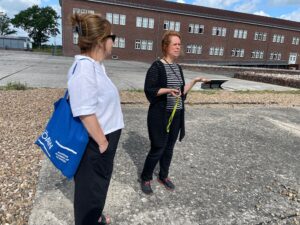
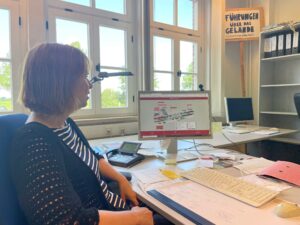
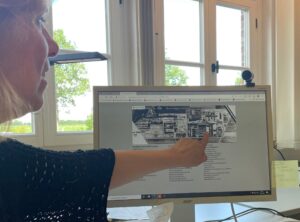

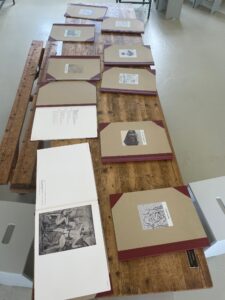
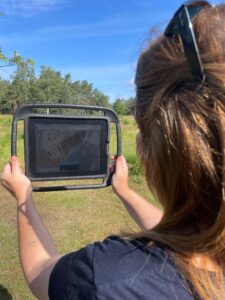
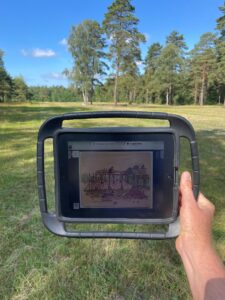
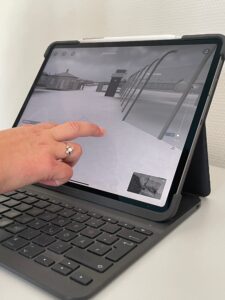
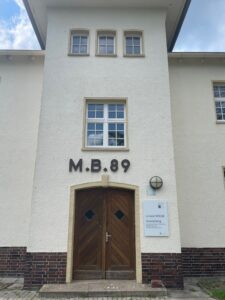
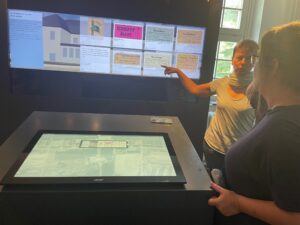
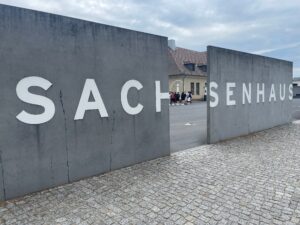
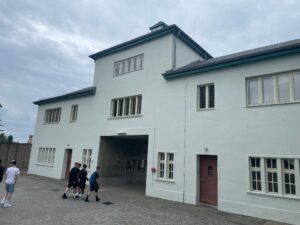

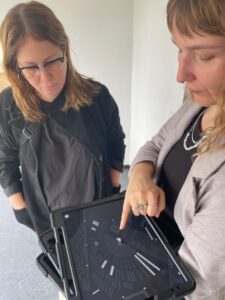
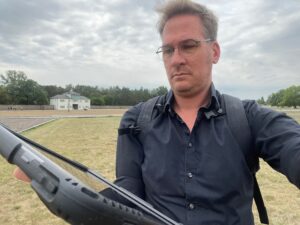
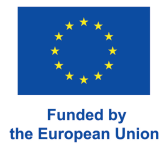
One response
Hey, I’m Jack. Your blog is a game-changer! The content is insightful, well-researched, and always relevant. Great job!